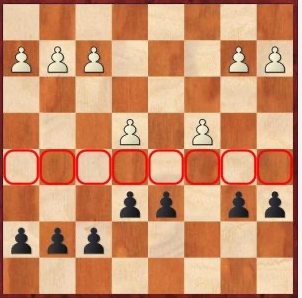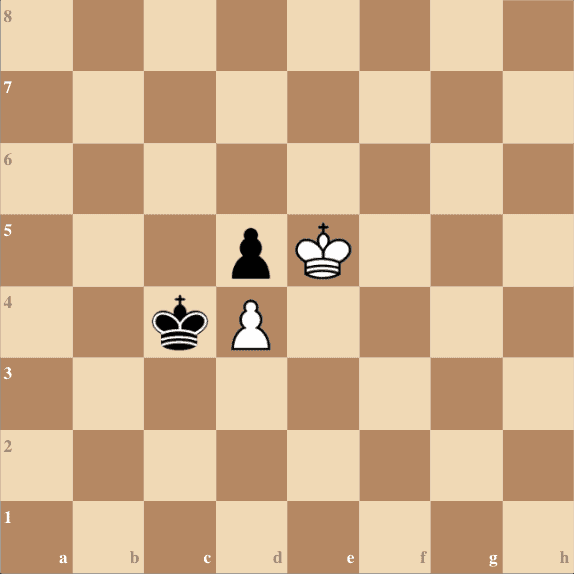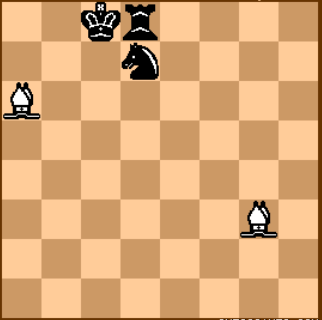Chess, often referred to as a “game of kings and queens,” and boasts a language as intricate and fascinating as its strategies. I love the fact that chess truly has its own language and beyond that it is universal. I always say, “No matter who you are or where you are from if you know the rules than you can speak to your opponent over the board.” While many chess enthusiasts are familiar with terms like “castling” and “stalemate,” the world of chess harbours a treasure trove of obscure words that add depth and intrigue to the game. In this blog post, we’ll embark on a linguistic journey and explore 10 lesser-known chess terms, each unveiling a unique facet of this centuries-old game.
1. Xystarch: Our journey into the obscure world of chess terminology begins with “xystarch,” an archaic term that hails from an era when the arrangement and supervision of chess games held a distinctive title. In contemporary chess, this role is often fulfilled by tournament directors, arbiters or organisers.
2. Scacchic: Drawing its roots from the Persian word “shāh” (meaning “king”), “scacchic” is a term that denotes anything related to chess. Quite simply put this is the adjective of chess. It could describe a scacchic puzzle or a scacchic strategy, providing a sense of authenticity and heritage to the chess lexicon.
3. Philidor Position: Named after François-André Danican Philidor, an 18th-century chess master and composer, the “Philidor Position” signifies a strategic endgame maneuver. In this position, a pawn on the sixth rank can wield substantial control over the board, potentially leading to its promotion to a queen.

4. Pianissimo: This Italian word, meaning “very soft” in musical notation, finds a home in chess to describe a quiet, subtle, and gradual opening strategy. Pianissimo openings typically involve the careful movement of pawns, setting the stage for a delicate and strategic battle.

5. Patzer: In the realm of chess, a “patzer” is the colloquial term used to affectionately refer to an inexperienced or amateur player. It’s a word that encapsulates the camaraderie and shared understanding among chess aficionados. In its German origin, the term implies a mistake or error, though it has largely fallen out of common usage. However, at some point in history, Americans adopted the word ‘patzer’ to describe chess players with limited skills, and curiously, this moniker has endured.
6. Zugzwang: Returning to a term mentioned in a previous post, “zugzwang” is a captivating concept in chess strategy. It describes a situation in which any move a player makes puts them at a disadvantage, adding a layer of complexity to the decision-making process in the game.

7. Zwischenzug: A gem from the German language, “zwischenzug” translates to “intermezzo” or “in-between move.” This term is applied to tactical maneuvers that disrupt the expected sequence of moves, often leading to a favorable outcome.

8. Philidor’s Legacy: Named in homage to François-André Danican Philidor, the “Philidor’s Legacy” is a tactical approach often employed in the endgame. It involves placing the bishop in a central position to exert control over key squares, thereby limiting the opponent’s king and pawns.
9. Horwitz Bishops: Named after the 19th-century chess player Bernhard Horwitz, this term underscores a harmonious collaboration between two bishops. When deployed effectively, these bishops work in unison to control the board, a particularly potent strategy in the endgame.
10. Boden’s Mate: Our journey culminates with the intriguing “Boden’s Mate.” Named after English chess player Samuel Boden, this checkmate pattern showcases a checkmating pattern in chess characterized by bishops on two criss-crossing diagonals (for example, bishops on a6 and f4 delivering mate to a king on c8), with possible flight squares for the king being occupied by friendly pieces or under attack by enemy pieces..

These obscure chess terms are more than mere words; they unveil the depth, history, and sophistication that surround the game. Integrating these terms into your chess vocabulary will not only enhance your appreciation of the game but also serve as a testament to the rich tapestry of language woven around the timeless pursuit of chess.
As you continue your voyage through the world of chess, these obscure words will serve as your guideposts, leading you to uncharted territories and revealing the multifaceted beauty of the game and its rich linguistic tapestry.
https://medium.com/@safsparks/10-obscure-chess-words-expanding-your-chess-vocabulary-8befe79c5dc2
